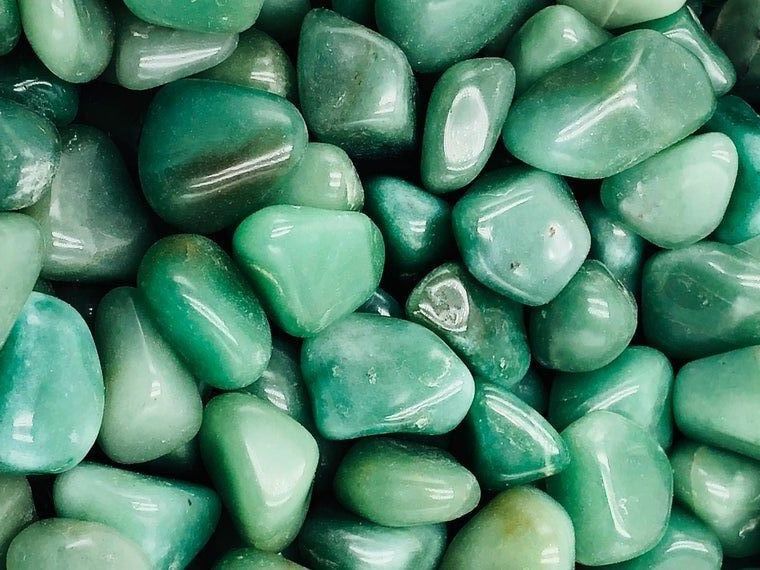The stone of youth and radiance.

If you are in need of rejuvenation, balance and luck in your life then this is the stone for you. Used for regeneration, harmonising hormones and connecting to mother earth, this stone is often referred to as the stone of luck and happiness.
Jade has been an important part of different cultures around the world for a very long time. It is often thought of closely in reference to China where it is a highly treasured stone and has been used since the stone ages. Thousands of years ago, the Chinese Empress used jade to maintain her radiance and youthful appearance. For hundreds of centuries the semi-precious stone, a symbol of beauty, grace and longevity has long been revered in the east for its mystical powers.
Less commonly jade was also used by the Spanish, known as “Piedra de ijada,” which translates to "stone of the loin" as it was thought to possess healing properties for bladder and kidney problems.
Jade is known to have a range of health benefits for body and soul. The use of jade is often used to flush out toxins from your system so has potential benefits on several organs, including the spleen, kidney, bladder, skeletal system and can help with hormone imbalances and fertility. The use of jade can also provide healing in relationships and with the self; encouraging honesty, maturity, acceptance and promoting life force energy.
Jade works well in accordance with a range of star signs rather than just one. These include Taurus, Gemini, Libra, and Aries – all these signs adore the cooling touch, self-assured nature, and ability to ground and grow the heart.
Cultural Significance and History
In New Zealand jade is a very important part of Maori culture, known as “Te Wai Pounamu” (the greenstone water) it was used for weapons, tools, ornaments, and cherished heirloom pendants known as hei-tiki were carved from green gemstones.
Jade was used for sacred masks and other ritual objects by the indigenous tribes of Mexico, Central and South America. They would sacrifice jade to the holy spirits by throwing it into wells in exchange for plenty of fresh water.
It was said that when the Spanish Conquistador Cortez came to the Aztec empire in search of gold, their ruler Montezuma smiled because his most precious possession was jade.
In the western world people of high-rank wore gold, rubies and diamonds as a symbol of their power and status. In China however, for over 9,000 years it was jade that symbolised status, purity, spirituality and health. Jade became known as “yu” which translates to the “royal gem” by 3,000 BC.
During the Han Dynasty between 206 BC to 221 AD, Xu Shen details the five virtues of jade in his work Shuowen Jiezi:
Benevolence for its lustre and brilliance. Honesty for its translucent texture. Wisdom for its tranquil and far-reaching tone. Integrity and Bravery for it may be broken but cannot be twisted.

